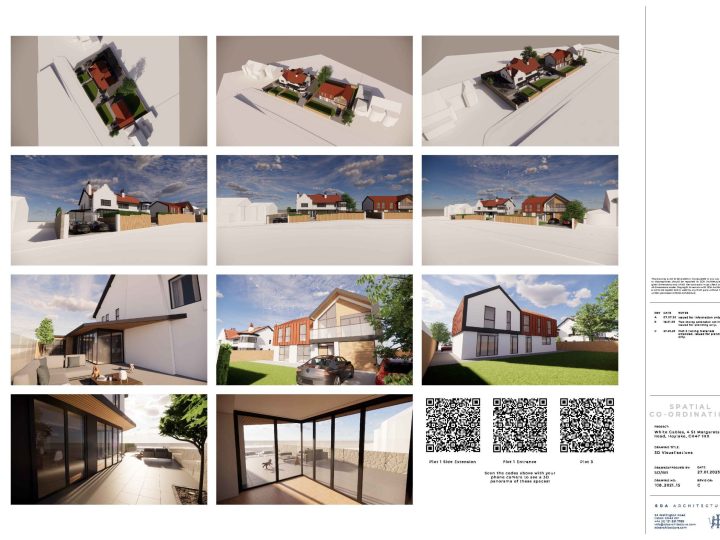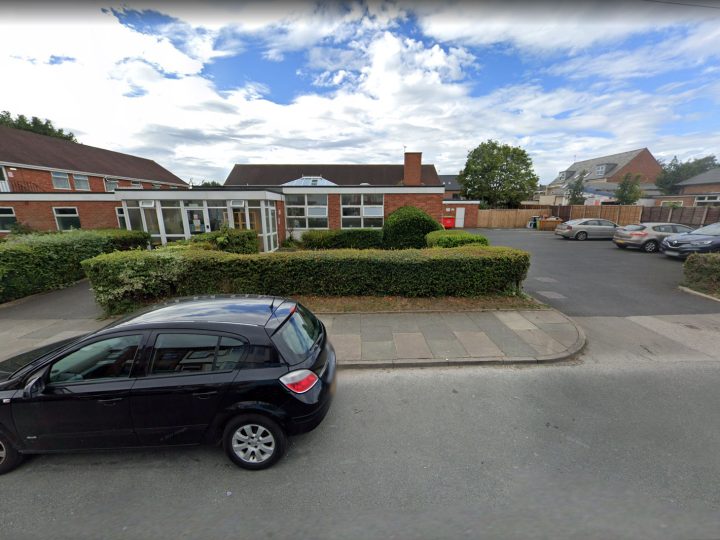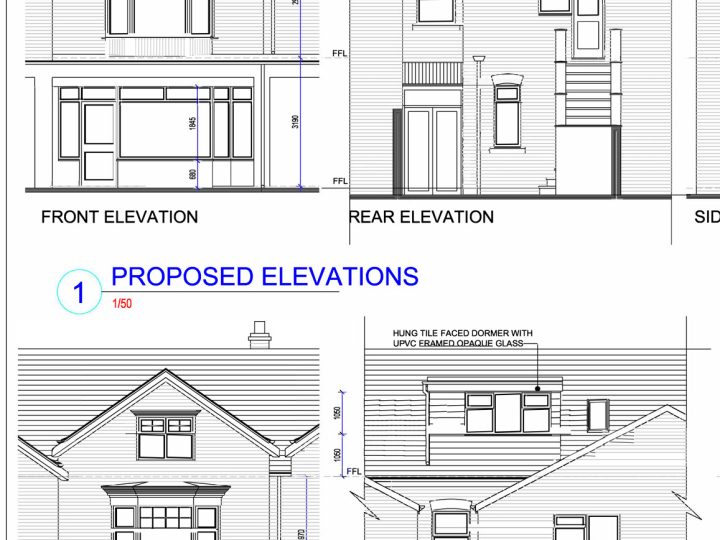
To view and comment on the plans click HERE
Wirral Borough Council
Regeneration & Environment (Attn: Mr K Spilsbury)
Town Hall , North Annexe
Brighton Street
Wallasey CH44 8ED
Dear Sir,
LETTER OF OBJECTION
APP/15/01502 – DEMOLITION OF PRESBYTERIAN CHURCH, ALDERLEY ROAD, HOYLAKE AND CONSTRUCTION OF 4 TERRACED & TWO S/D HOUSES
This letter of objection is submitted by Hoylake Community Planning Forum, which is the statutory neighbourhood planning forum for the designated Hoylake Neighbourhood Area. Hoylake Vision – A Neighbourhood Development Plan for Hoylake 2015-2020 (NDP) is at an advanced stage of production and its policies attract weight as a material consideration in planning decisions. The application noted above falls within the Hoylake Neighbourhood Area and is therefore subject to NDP policies.
The detailed Design and Access Statement submitted with the application pays attention to the draft Hoylake NDP as well as other extant planning policy documents. However, we have the following observations on the submission:
- NDP Policy DI1. This policy states:
“The extension or alteration of any building displaying the significant characteristic features typified by the examples in Appendix 1 of this plan will be permitted unless the proposed changes would materially diminish the significant character of the building. Proposals must identify how the design would preserve or enhance the significant character of the building.”
As the proposal would necessitate the complete demolition of the existing building, its significant character would be entirely destroyed and the proposal cannot therefore accord with this policy. - Viability. The applicant attempts to demonstrate that compliance with planning policies would make the proposal unviable. However, the applicant isnot saying that a conversion would be impossible, simply that not enough profit would be generated. Although we are not experts, the viability figures are shown without any supporting evidence and deserve much closer scrutiny. The overall conversion cost (quoted at £1.052M) is lower than the new build cost (£1.112M – which presumably includes the cost of demolition and reclamation) but selling prices are lower for the converted units. This doesn’t ring true since the cost of conversion is usually reflected in the selling price, creating a so-called ‘heritage premium’. The difference in the selling price between the two options seems to be too wide and the converted units selling prices may have been underestimated. If the £1.112M does not include the cost of demolition and reclamation, then this would also weaken the argument for new build.
- Local Listing. Although the NDP commits to commissioning a Local List which has not yet been carried out, it does include Appendix 1 – a list of Buildings of Significant Interest which collectively define the historic character of the town. The Applicant’s assessment suggests that heritage concerns cannot be given very much weight because the building is not a heritage assetidentified by the Council. That is an argument that could be used to invalidate every policy in the NDP because it is not a Council document; rather, it belongs to the people of Hoylake stemming from widespread consultation. Since the NDP has been prepared in accordance with the Regulations then it becomes a valid part of the development plan. Furthermore, the church, in common with all the other Appendix 1 buildings, benefits from inclusion within a statutory planning policy, which arguably attracts significantly more weight than simply being on a local list. It is conceded that the draft NDP has yet to be tested at examination and referendum but its formal acceptance by the Council for examination adds further weight to the NDP and its policies.
It is also important to take account of the Planning Practice Guide to PPS5: Planning for the Historic Environment, which was not cancelled by the National Planning Policy Framework. At paragraph 10, the guidance states:
“the elements of the historic environment that are worthy of consideration in planning matters are called heritage assets. This term embraces all manner of features, including: buildings, parks and gardens, standing, buried and submerged remains, areas, sites and landscapes, whether designated or not and whether or not capable of designation.”
Paragraph 11 of the guidance states: “the difference between a heritage asset and other components of the environment is that a heritage asset holds meaning to society over and above its functional utility. It is this heritage significance that justifies a degree of protection in planning decisions. The aim of the policies within the PPS is to conserve these assets for the benefit of this and future generations. This is done by supporting their maintenance and by requiring that change to them is managed in ways that sustain and where appropriate enhances their heritage significance.”
So, it is clear from government guidance that it is not necessary for heritage assets to be formally designated as such, or even to be capable of designation, to be afforded protection by planning policies. The process of consultation that led to the inclusion of the Presbyterian church in NDP Appendix 1 is exactly the sort of process being referred to in paragraph 11 of the guidance. The Presbyterian Church holds meaning to the people of Hoylake over and above its functional utility. Therefore, the applicant’s argument that it has no existing viable use is not a strong one for demolition thereby destroying totally the meaning it holds for Hoylake people.
Also of relevance is the finding in the Barnwell Manor case (Court of Appeal [2014] EWCA Civ 137) that “considerable weight” should be attributed to the preservation or enhancement of designated heritage assets. It is accepted that the Presbyterian Church is not a designated heritage asset but it does merit consideration as a non-designated heritage asset by virtue of its inclusion in NDP Appendix 1. It is therefore appropriate in this case to attribute more weight against the proposal than might normally be the case where demolition is necessary to implement a proposal.
For the above reasons, the Hoylake Community Planning Forum objects to this current application.
Yours sincerely
C T MOORE
For Hoylake Vision 1 December 2015




